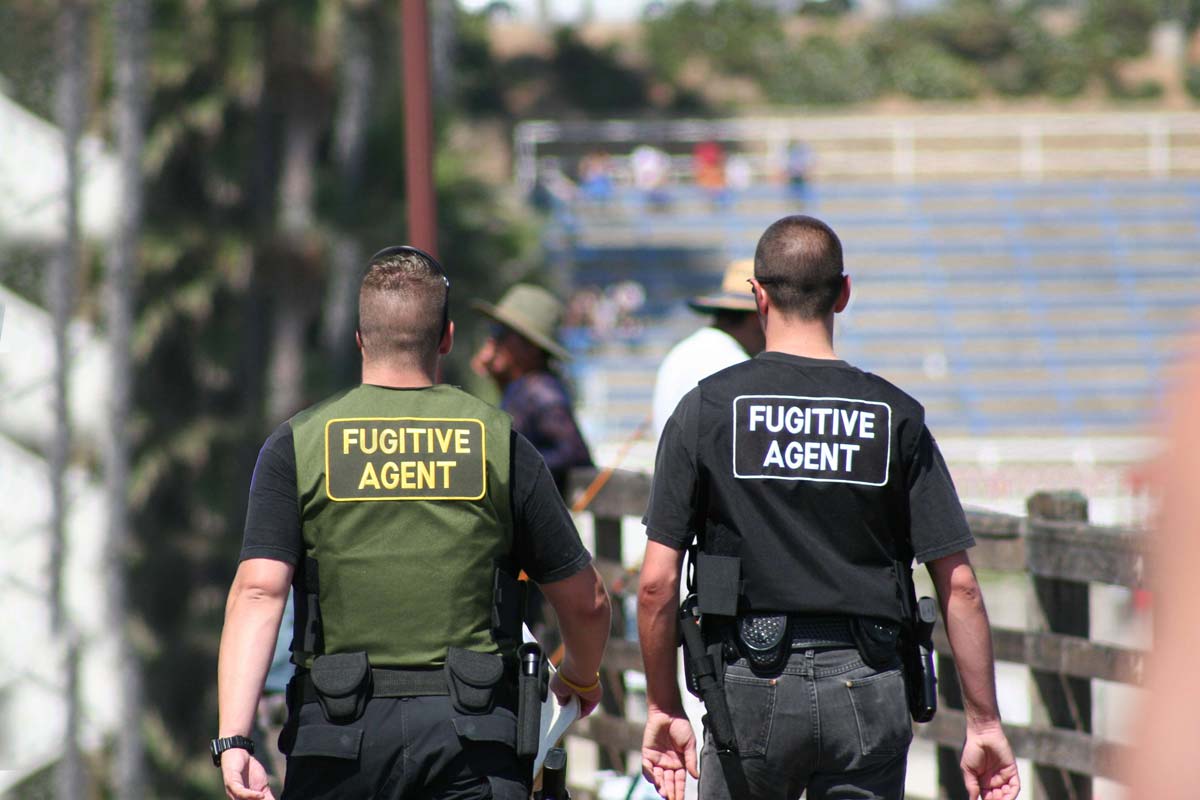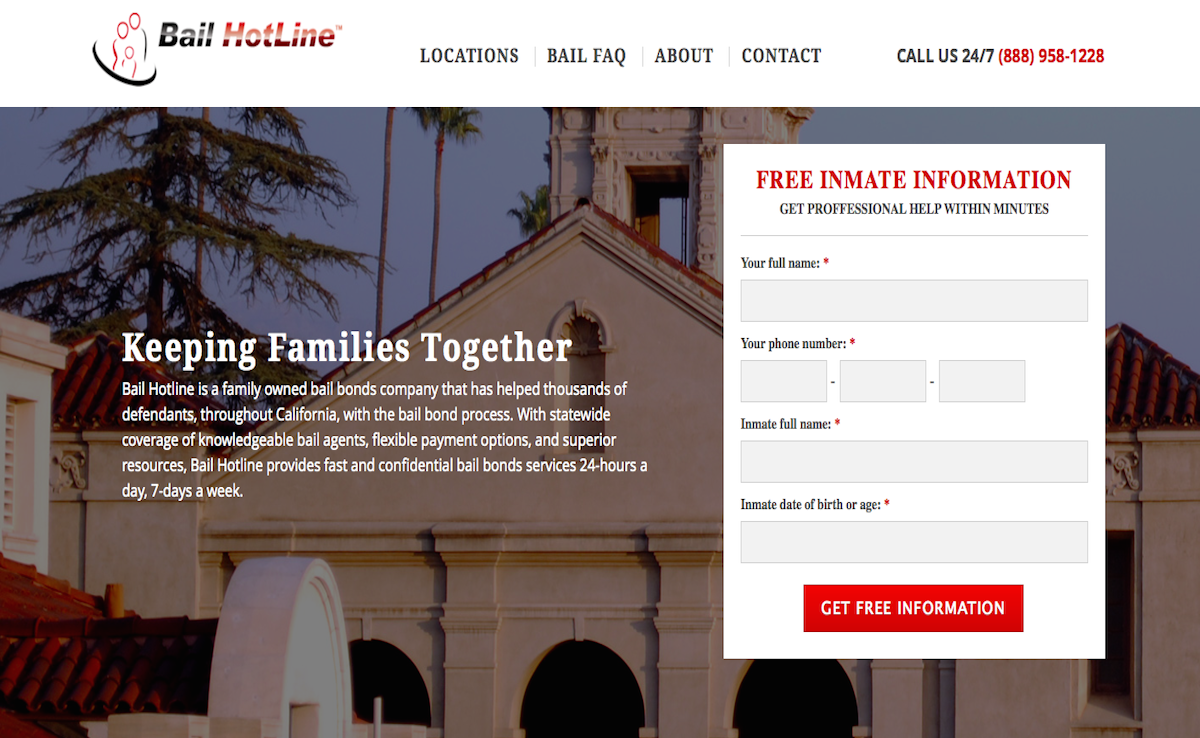Bail Agents from the Bail Hotline built two-dozen red flyer wagons during their sales training sessions to promote teamwork and motivation to finish 2013 with a bang. The wagons will be donated to local charities in the cities where many of their California offices are located.
Every year around November, Bail Agents from the Bail Hotline Bail Bonds meet to refine their skills, build teamwork, and motivate themselves to finish the fiscal year on a strong note. It all culminates in what Bail Hotline describes as their yearend BLITZ!
“This year we combined our motivations talks and workshops with team oriented games in which the teams won the tools to build their wagons, “explained Danny McGuire, CEO of Bail Hotline. “Everyone was excited to know that their Red Flyer wagon will brighten the holidays of many children in our communities.”
Continue reading →





